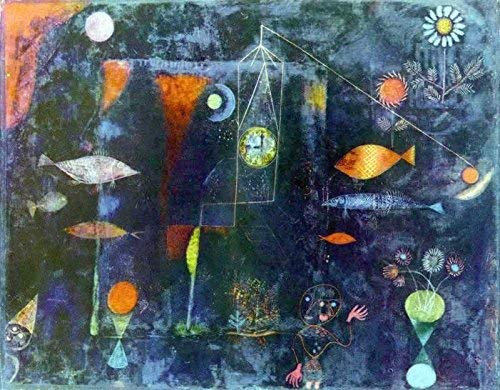“Deep Calls Unto Deep:Communicating with Emily Dickinson” is a condensed, multi-perspective exploration
of insights into the resonance of Emily Dickinson’s poetry, her artistic process
and her psychological outlook. The selections included have been drawn from
years of reading deeply and widely about her work.
The intention of the book is to ignite
and rearrange our synapses in unforeseen ways, to provoke not just an interesting
engagement, or create cognitive and even existential shifts (though those too),
but to elicit that rarer state of aesthetic bliss.
“The proof of any art’s lasting
value is a comprehensive emotional necessity: it’s something that a person
needed to do and which awakens and satisfies corresponding needs in us.” –
Peter Schjeldahl
As a Gift
Help inspire someone to access the depth and breadth of their imagination through the example of Emily Dickinson’s. Let’s chip away at the barrage of speed and distraction that’s infiltrating our lives these days. If you’ve somehow managed to meander your way through this welter, perhaps the arrival of this physically small but aesthetically expansive book may tip the balance for someone else to do the same.
“Never doubt that a small group of thoughtful, committed citizens can change the world; indeed, it’s the only thing that ever has.” – Margaret Mead
Table of Contents
Preface
Celebrations
Merging the Minor and the Vast
Jacob as a Model
Obstruction, Disparity and Compulsion
Stopping the Narrative
The Enormity of her Inchoate Conceptions
Her Barefoot-Rank
Paradoxes, Contradictions and Union
Illuminations
How She Wrote Her Best Poems
Embodying Delight
Why Such Short Poems?
Her Social Conscience
Ourself behind Ourself a Superior Spectre
Bright Impossibility to Dwell Delicious on
Conveying Her Calling
Afterward
Samples
“When Dickinson loses her housekeeper, who quit to get married, she writes that she really misses the maid – a common enough statement – but then writes, ‘To all except anguish, the mind soon adjusts.’ This merging of the minor and the vast is a key trait of Dickinson in the poems and in the letters. The leaps of imagination are stunning. One needs privacy and silence, and flourishing genius, to live in such a realm. Otherwise, one stops at, ‘Gee, I miss Maggie the maid so much.’”
“What she needed before she could do her finest work was a situation, a figure, that would set out most of the structure for her. She was in trouble whenever some little thing had to be amplified, developed, teased. In the great poems she seizes her theme, normally, not as an idea but as an image or, better still, a relation. And, best of all, the relation has domestic analogies or can be translated directly into domestic or social terms. And then there is a new relation, often a marvelous counterpoint between the intimate relation and the new domestic figure that it has annexed. And the most conclusive example of these felicities is ‘Because I could not stop for Death’. . .”


No comments:
Post a Comment